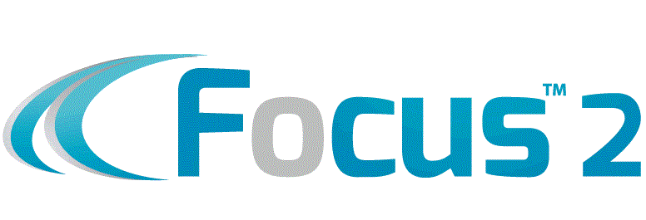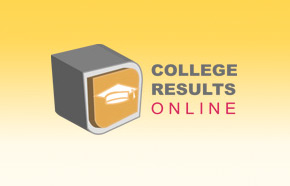College ranking polls, is there a blatant ‘chad’ error?
Pool season is almost over and now it's POLL season. You know the ones. Those polls that rank colleges based on a variety of criteria. Polls that stir up a frenzy and make hopeful college students drool like puppies anticipating their Scooby snack.
A recent article in the Wall Street Journal asks the questions ‘what the heck are those college ranking lists for anyway?'
Understand that a college is a business and its business is education and nothing else. Also understand that a college produces income in a variety of ways. Two of the ways that a college produces income is 1.) through enrolment, somebody pays the tuition and other fees. Mom and dad write a check or loans or federal/state monies pays this section of the college's income and 2.) through application fees.
So the question is how does a college get more kids (and their eager parents) to fill out a application? Through the upward movement in the polls. When polling reports are published through US News and World Report or Princeton Review or a variety of other poll reporting entities; parents, students, teacher and counselors see that, "well last year this school was number 17 now it is number 14 it must be doing better" which results in hopeful students energized and enticed to apply.
Lets look at the numbers of UC Berkeley. The cost to apply to this school is $60. Now grated there are probably a few kids who had the application fee waived. So I am going to just assume that every one of those 48,627 applications sent into UC Berkeley had a check (or credit card) with $60 bucks.
So lets do the math. 48,627 applications multiplied by $60 = $2,917,620.00. Yes folks you read that right $2.9 million dollars. Not bad, not bad at all. (I'm not directly picking on UC Berkeley. It is a fine academic institution. I could have used the numbers for Duke University 23,750 applications or the University of Michigan 29,939 applications or any number of other colleges.)
This is why colleges pay serious attention to the reporting polls. If there is upward movement in the polls, then more than likely more hopeful future college kids will apply resulting in greater income revenue.
Let's ignore these silly numbers and focus more on your kid. Ask these questions. Does the college offer the major and career contacts my child needs? Is it a great fit and will this college help my child thrive so that he/she can get a jumpstart into his/her career as quick as possible. Focus more on the outcome for your child and how the college education and college environment will help than the polls.
AZCollegePlanning.com presents free local workshops that expose the dirty little secrets that colleges don't want you to know. Check the website for locations and dates. AZCollegePlanning.com is dedicated to help make college more affordable.
By J.D. Wyczalek (why-zall-ick)





